Up Next

“There is no reason why we couldn’t do the same as McLaren has in the last few years,” says Jost Capito, Williams’ new CEO.
“We have everything in place where we could do it. To give a timing on that, I’d say two to four years.
“I’m absolutely convinced we can do the minimum the same as McLaren has done.”
McLaren finished third in the constructors’ championship last year. Forget the Honda partnership debacle; had third place in 2020 been offered to McLaren at the end of its awful first season with Renault power in 2018, it would have taken your hand off.
The initial Honda power unit problems of 2015-17 had disguised McLaren’s own shortcomings, which were revealed quite starkly by that 2018 season, by the end of which Fernando Alonso and Stoffel Vandoorne were vying with Williams not to be the slowest.
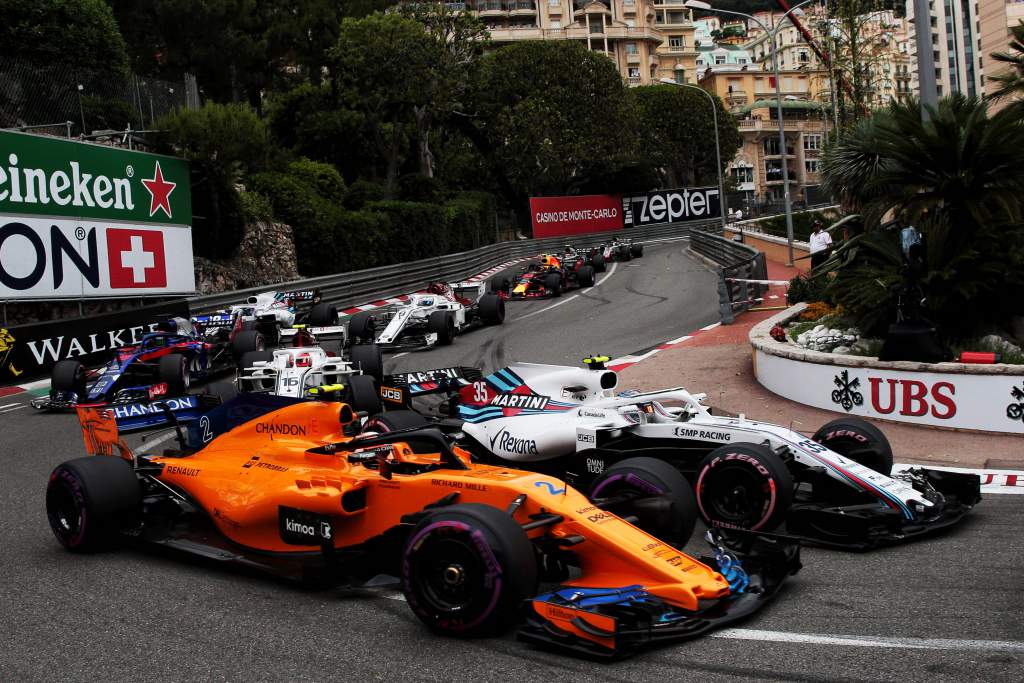
The 2018 McLaren MCL33 was 0.7s slower than the identically-powered Renault and 1.8s adrift of the Red Bull-Renault.
In two seasons it has bounced back strongly to be in the position it is today. Last season it was 0.1s quicker than Renault and just 0.5s off the (now Honda-powered) Red Bull.
Is that really something which could be emulated by Williams, which last year qualified 2.2s adrift of Mercedes and around 1.2s off the identically-powered Racing Point team?
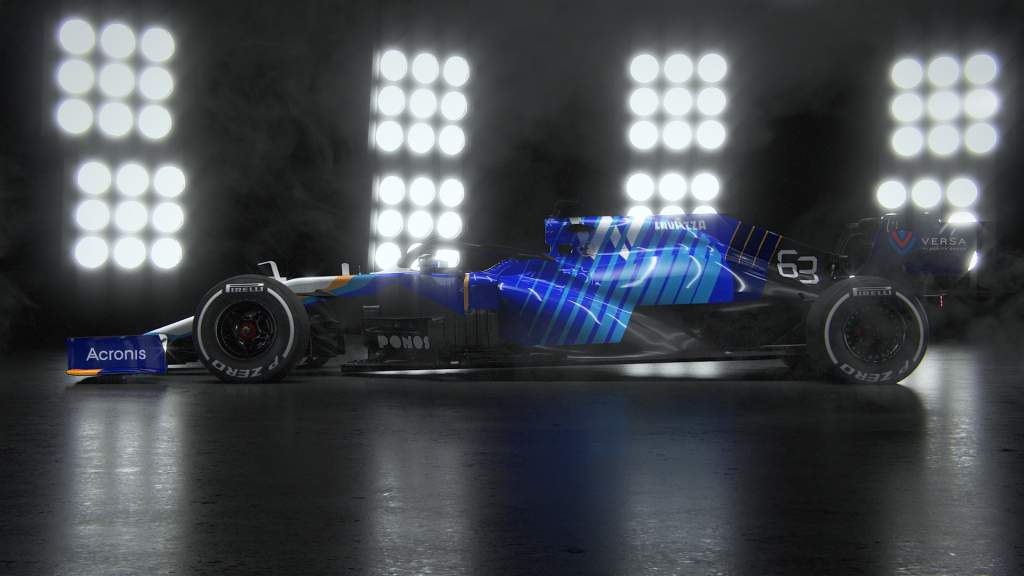
The circumstances of what had been the top two teams of the 1980s and ‘90s fighting not to be last in 2018 were different in detail, but similar in broad brush. It was about succession and for different reasons in each case that transition to the next generation of team boss did not go well.
The teams created by Ron Dennis and Frank Williams were in their respective images, the former meticulous and stiffly structured, the latter freewheeling and adventurous. Dennis-era McLaren set the template for the modern F1 super team. Williams always had more of a cottage industry feel to it.
For Sir Frank, the passage of time reduced his powers. For Ron ambition took his focus away from the team. When their grasp on the reins loosened, their respective teams suffered differently, but they both suffered.
They each took a long time to reach the bottom, a series of missteps, but they got there at about the same time – after having had their decline disguised for a few years by the hybrid formula: Williams flattered by Mercedes power units, McLaren able to hide behind Honda’s problems.

Dennis had been gone for a couple of years by the time that first Renault-powered season revealed the extent of McLaren’s fall. The new Zak Brown-led management recognised the emergency for what it was. “A silo mentality had built up in the engineering core of the team,” recalled Brown of the inter-departmental rivalry which had led to that fundamentally flawed 2018 car.
A series of high-profile firings followed and a fresh new open and more co-operative environment was cultured. At much the same time – and on several occasions since – the main shareholding group invested heavily to rescue the team from bad previous decisions.
At Williams the fall was gentler, less step-like, and over a longer period. From the loss of the BMW partnership in the mid-2000s up to the hybrid era it became a midfield team, with no apparent foundation.
As Frank and his technical partner Patrick Head became less intimately involved, it was left to management employees to run the ship but without the empowerment needed to properly captain it.
There seemed to be no vision behind Williams during this time. The facilities and working practices fell ever-further behind and the income fell along with the results in a gentle downward spiral.
The commercial side of it was shored up by Claire Williams’s recruitment of Mike O’Driscoll in 2011, which saved the team from short-term oblivion, but the technical side never was. This may have been different had director Toto Wolff taken a bigger role but his directorship lasted only for a year.
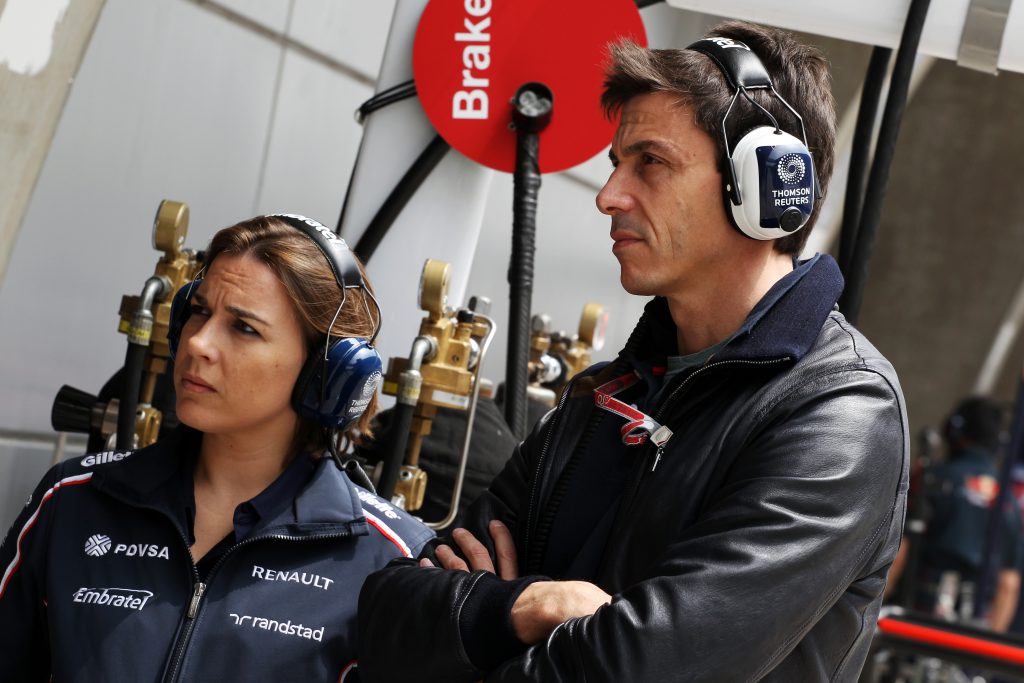
The relationship with Wolff did help the team enormously into the start of the hybrid era, however. The engine supply partnership it established with Mercedes meant Williams began the new formula with up to 80bhp more than the Ferrari and Renault-powered rivals.
With a neat low-drag car and a good solid operational management by the recently-recruited Pat Symonds, it gave Williams third in the 2014 constructors’ championship and that momentum carried for a few years.
But that same basic low-drag philosophy – which ran right through to 2017 – became ever-more outmoded.
As other power units reduced the gap to Mercedes, Williams was revealed as much the same midfield team as before the new regulations, with exactly the same limitations in the aero and manufacturing departments, exactly the same lack of stability in senior technical positions, exactly the same lack of empowerment for those trying to modernise.
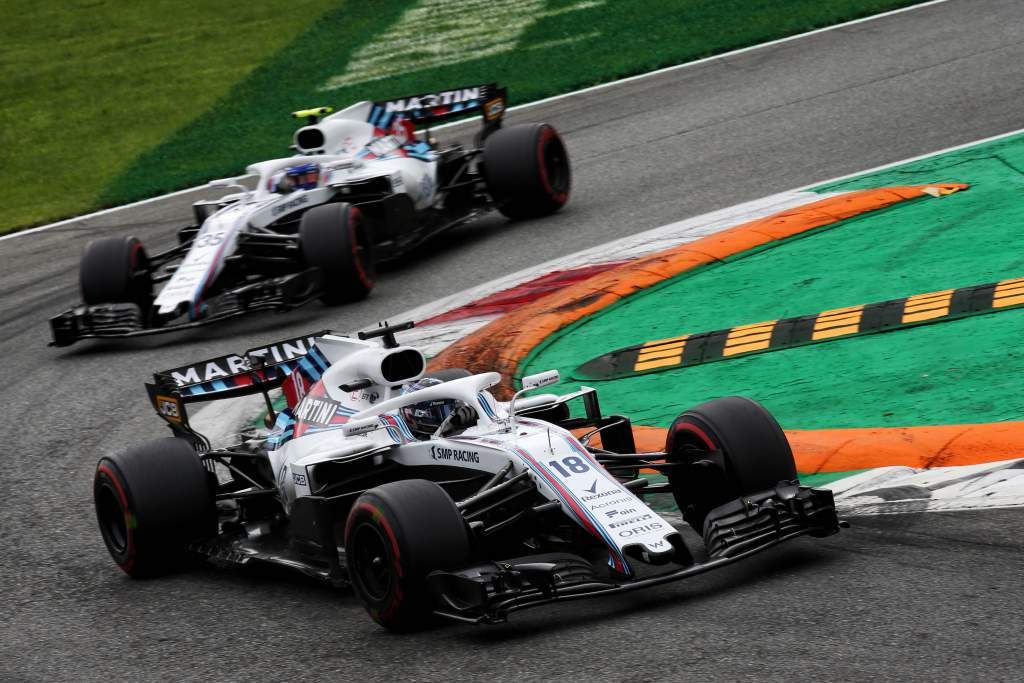
Just how far it had fallen behind was exposed even further in 2018 when the team finally moved away from the basic low-drag design.
The FW41 (above) was a disaster aerodynamically and its 2019 follow-up even worse. The team split with tech chief Paddy Lowe before the season had even started and since then the existing technical management team has been able to make progress in pulling together a more structured, if less ambitious, way of working.
McLaren’s last season as a frontrunning team was 2012 but the damage done by the 2007 industrial espionage case had holed it beneath the water.
It ultimately led to the loss of its partnership with Mercedes and this wasn’t unconnected to subsequent difficulties in the relationship between Ron Dennis and the board. It was a bad time for the technical team to suffer wobbles, as the focus of the team’s leaders was elsewhere.
The signs were there in 2013 and ’14 – when McLaren, despite Mercedes power, was merely a lower top-10 sort of team.
It convinced itself the reasons were specific rather than endemic as it set out on its venture with Honda. The difficulties of that programme unfolded over the next three years and the boardroom struggles continued in parallel.
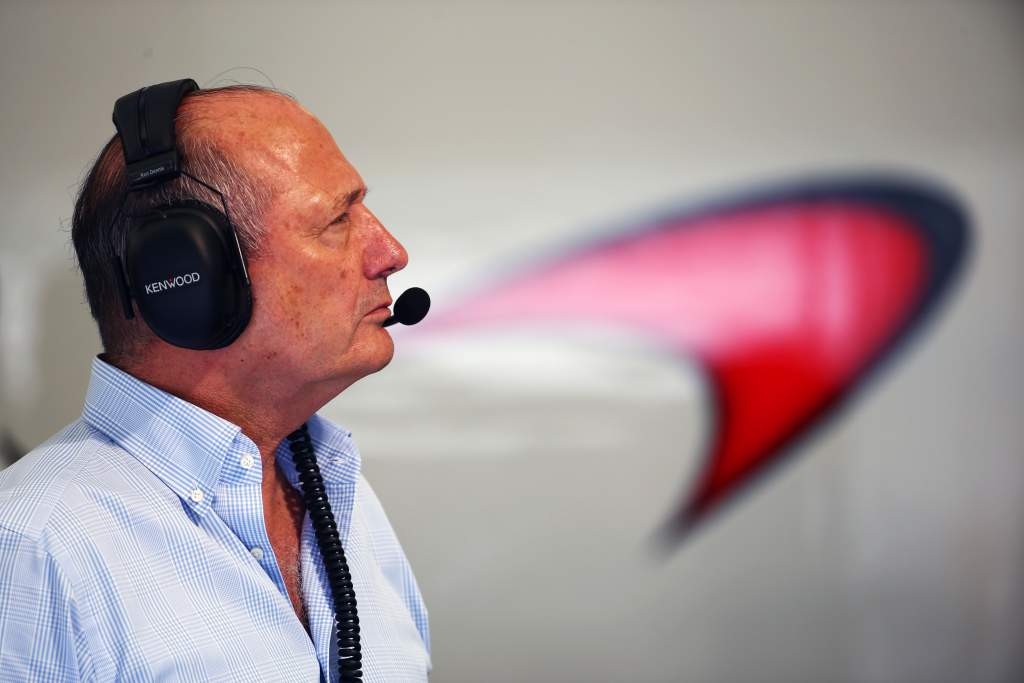
The leadership of the team changed as Dennis stood down and was bought out. The Honda partnership was terminated early – another very costly move – and McLaren became a customer team in 2018. Which was when the stark reality was revealed.
McLaren had not fallen as badly behind as Williams, had not been underfunded for anything like as long. So the restructured technical team of 2019 was able to identify and correct the basic aerodynamic flaws of the 2018 car – and with Brown’s shrewd recruitment of Andreas Seidl as team principal, a calm rebuild of the team was underway.
Williams’s new owner Dorilton, as well as heavily investing immediately in the modernisation of the team, has made its own Seidl-like appointment over the winter in Capito, a man with a great track record in pulling a team together and providing leadership while instilling the sort of productive and happy working environment that pervades the best teams.
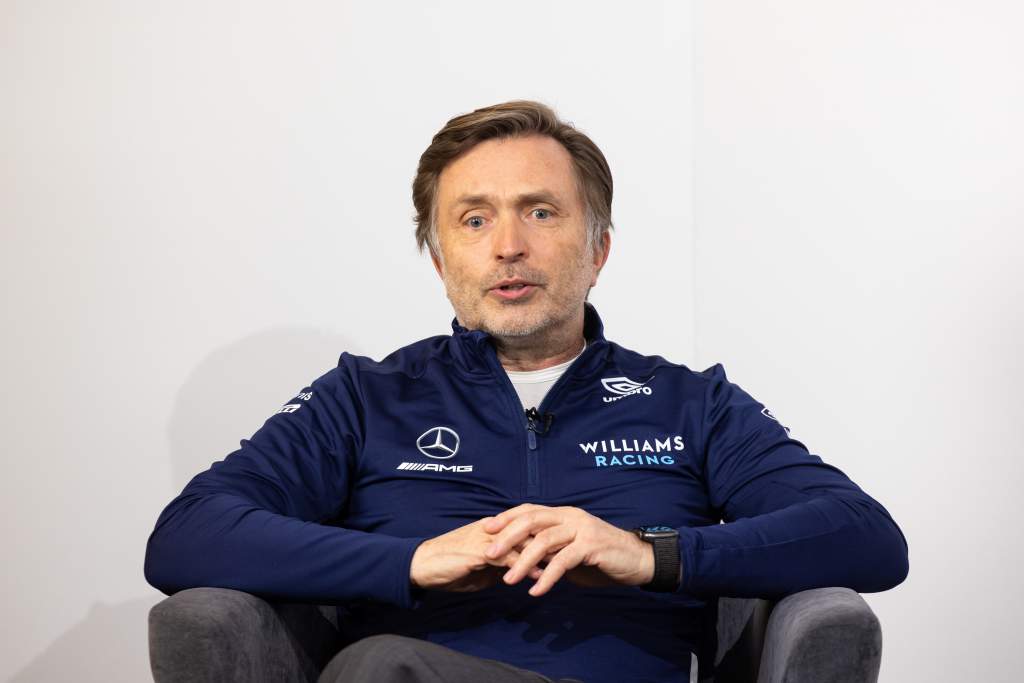
The question now is whether the technical team is equipped to make as quick a turnaround to respectability next year that McLaren was able to do in 2019.
It would be unreasonable to expect anything remarkable from the FW43B just launched, given that the regulations have effectively tied it to the lineage of the disastrous FW41 and 42 models. The first real indication of whether Capito’s faith in the recovery potential of the team will likely be the 2022 car.
But Dorilton appears to be making all the right moves.






